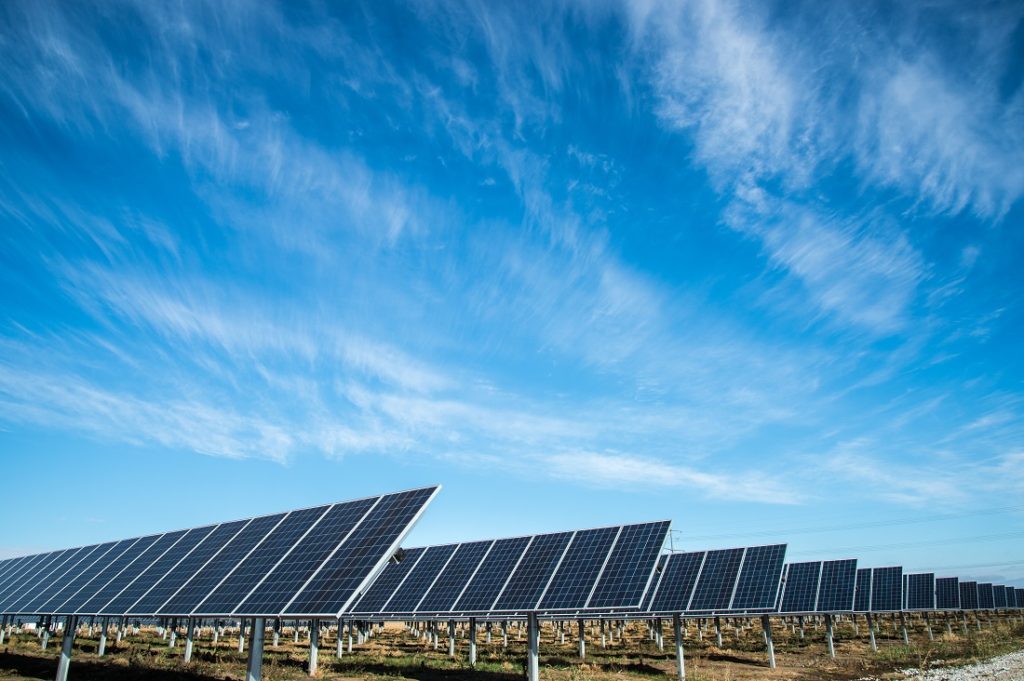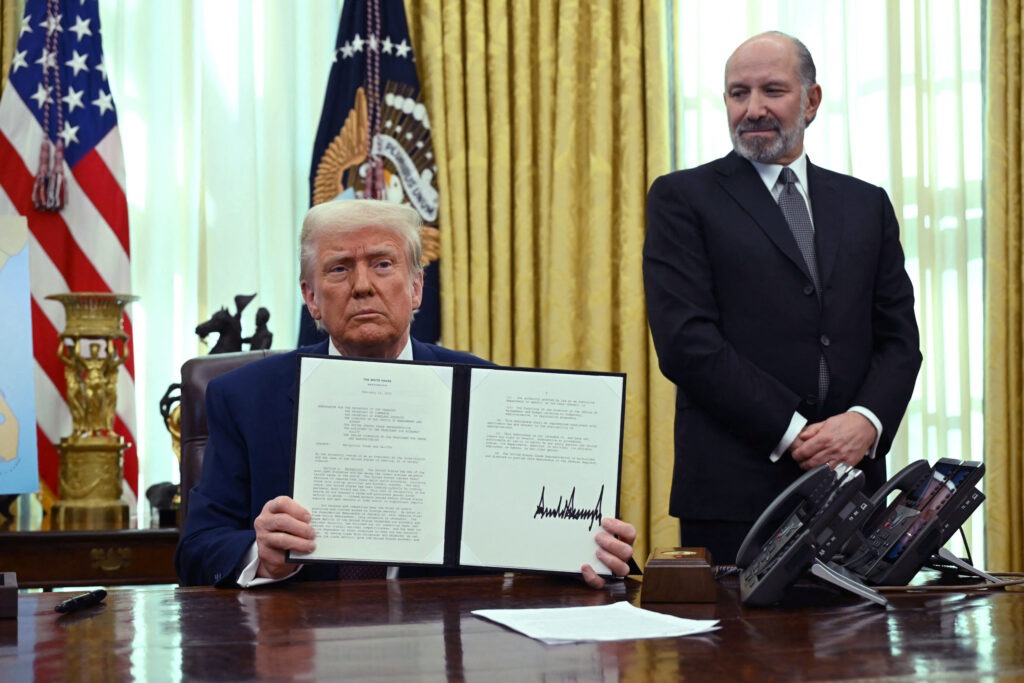There have also been a slew of other hardening trade policy actions and policy statements by the Trump administration. At delegation-level talks during his summit meeting in Beijing with Xi in early November, Trump let it be known that the US had no interest, going forward, in engaging in the bilateral market access discussions pursued within the Comprehensive Economic Dialogue format that was instituted at their Mar-a-Lago summit last year. Rather, the focus would be on seeking – as in coercing – fundamental changes to China’s trade policy regime.
In mid-January, the president’s trusted point person on trade, Robert Lighthizer, went so far as to make the extraordinary observation that Washington had erred in supporting Beijing’s entry to the WTO in the first place. In his view, the multilateral body is simply not equipped to deal with a mercantilist, state-driven economic power of China’s proportions. Henry Kissinger’s opening to China, which led to the normalisation of relations, remains off-limits as yet. But at this rate, maybe not for long.
In November, USTR self-initiated its first anti-dumping investigation in 25 years on imports of common aluminium alloy sheets from China. That same week, the USTR laid out a detailed legal justification for continuing to treat China as a “non-market economy” for anti-dumping purposes. When the aluminium sheet case is challenged within the WTO’s dispute settlement system by China, the legal memo will provide the burden of evidence for doing so. Lighthizer is already on record saying a separate China “non-market economy” case, under litigation between the European Union and China, is the biggest test facing the WTO, and an adverse award in the US “would be cataclysmic for the WTO”. The administration’s trade policy agenda report had also hinted earlier that a loss in the “non-market economy” case might be wholly ignored by Washington.
What happens in US-China trade relations doesn’t stay in US-China trade relations of course. It will clearly have knock-on effects for the entire multilateral trading system.
In November, the Foreign Investment Risk Review Modernisation Act (FIRRMA) – a bill to review, upgrade and expand the scope of the Committee on Foreign Investment in the United States – the body that vets significant inward investment and acquisitions proposals, was introduced in Congress. The bill, which aims to augment the oversight of such investment and acquisitions of US companies by Chinese entities as well as restrict China-destined outward investment and technology transactions by US firms, has been endorsed by Defence Secretary Jim Mattis and Treasury Secretary Steven Mnuchin. FIRRMA comes on the heels of only the fourth denial of a proposed acquisition of a US company by an overseas entity – in this case, Chinese-backed Canyon Bridge Capital Partners LLP’s US$1.13 billion plan to acquire Lattice Semiconductor Corporation.
The sheer volume of these and other aggressive policy actions bodes ill not only for the bilateral trading relationship and for US domestic trade politics. But President Trump’s populist, anti-trade views have the potential to bend the Republican Party – hitherto a bastion of free-trade thinking – to his protectionist line of thinking. Should the party rank and file defect entirely from its pro-trade moorings, the decades-old American consensus on trade could be entirely shot through with harsh streaks of protectionism for an extended period of time.
Looking ahead, the question now is not whether the Trump administration will unilaterally penalise China. It is how severe these measures will be, and whether they will comply with Washington’s multilateral trade obligations. In this, the Trump administration is caught in a dilemma of its own making. The last time the US imposed a Section 201 safeguards action (in 2002), it was defeated within 18 months at the WTO. The latest imposition on washing machines and solar cells and modules might be defeated even sooner. A Section 232 national security based tariff on steel might not even last that long. Given that China did not even break into the top 10 sources of US steel imports in the first half of 2017, the case might be laughed out of court in Geneva.
The last time the US sought to impose a Section 301 action (in the late-1990s), its hand was stayed by the filing of a case at the WTO by the European Union. To settle the case, the US agreed not to unilaterally invoke Section 301 before an affirmative WTO determination on the merits of its claim. As such, ever since the late 1990s, the USTR has not imposed unilateral sanctions under the section.
This reluctance to use Section 301 as a handy tool to threaten and bludgeon trading partners has been a common lament for Trump and Lighthizer. President Ronald Reagan, after all, in the pre-WTO days had utilised it to impose quotas on imported steel, protect Harley-Davidson motorcycles from Japanese competition, restrain imports of semiconductors and automobiles, and limit imports of sugar and textiles.
As for China’s “non-market economy” status with regard to anti-dumping investigations, US trade representatives starting from President Bill Clinton’s time and continuing through Presidents George W. Bush and Barack Obama’s first term, routinely used to affirm that this status would terminate in December 2016, as mandated in China’s WTO Accession Protocol. That is, the US was all for embracing China’s market economy status … until it wasn’t – which in many respects is emblematic of how the US has approached its trading relationship with Beijing in recent years.
For its part, China has gone from being a modest trade player to becoming the largest trading power in the international system. Senior Beijing functionaries have let it be known to foreign emissaries that it will not sit by idly as Washington rains trans-Pacific trade missiles loose on the bilateral relationship. As a first shot across the bow, it recently launched its own anti-dumping and anti-subsidy investigation into imports of US sorghum, a grain used as feed in its large livestock sector.
No one knows for sure where these increasingly lethal trade theatrics will end. Slapping legally questionable, punitive measures on one’s biggest trading partner doesn’t usually end well. The US and China have their trade guns locked and loaded. Wish them luck.
This article originally appeared in the South China Morning Post.








The U.S. Auto Industry Has Not Lost Yet—But It Must Compete Smarter